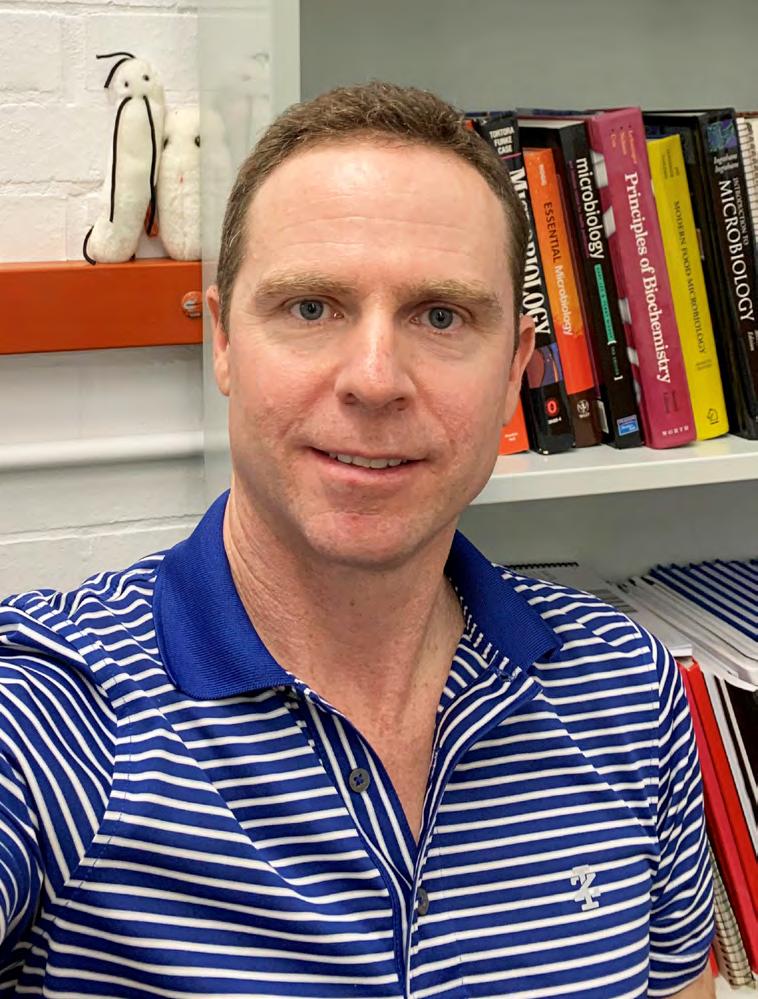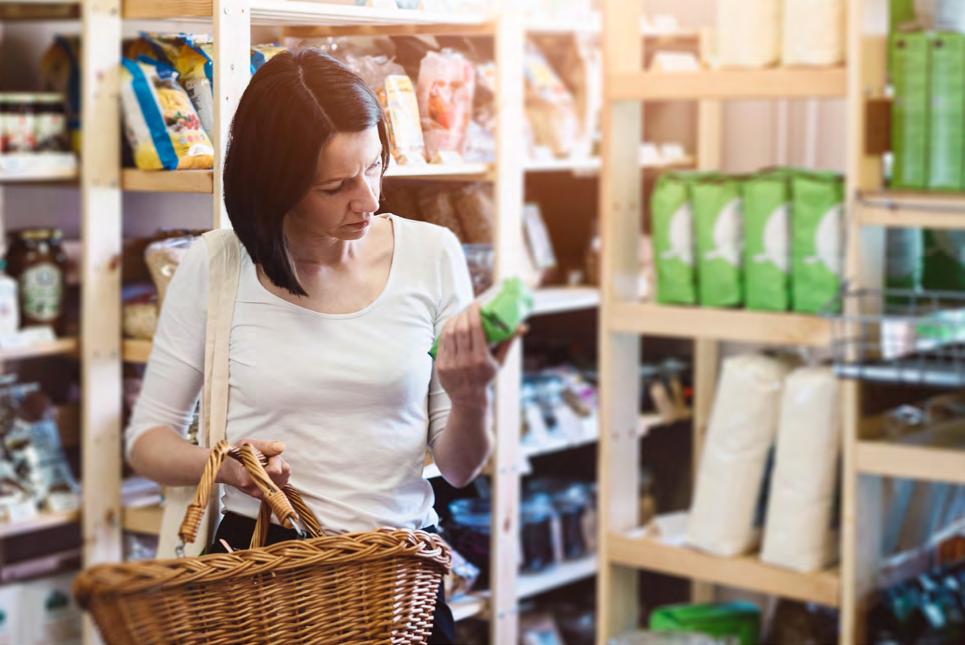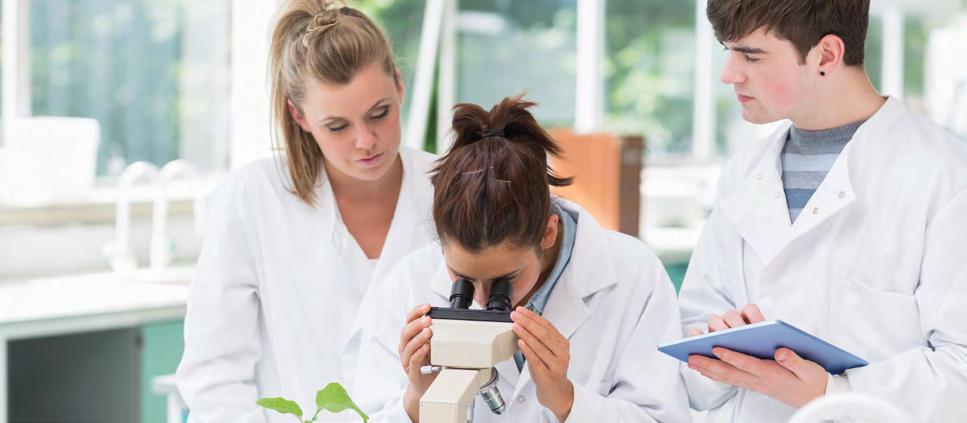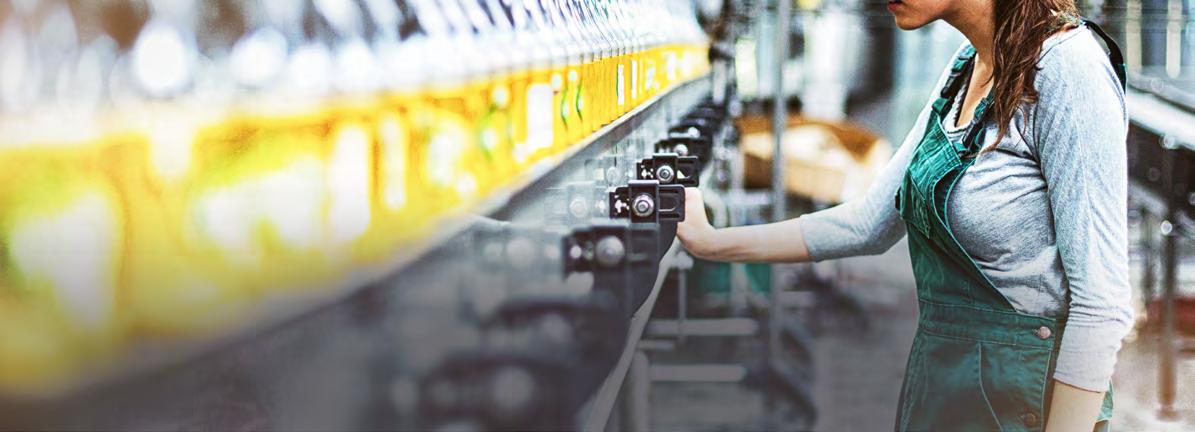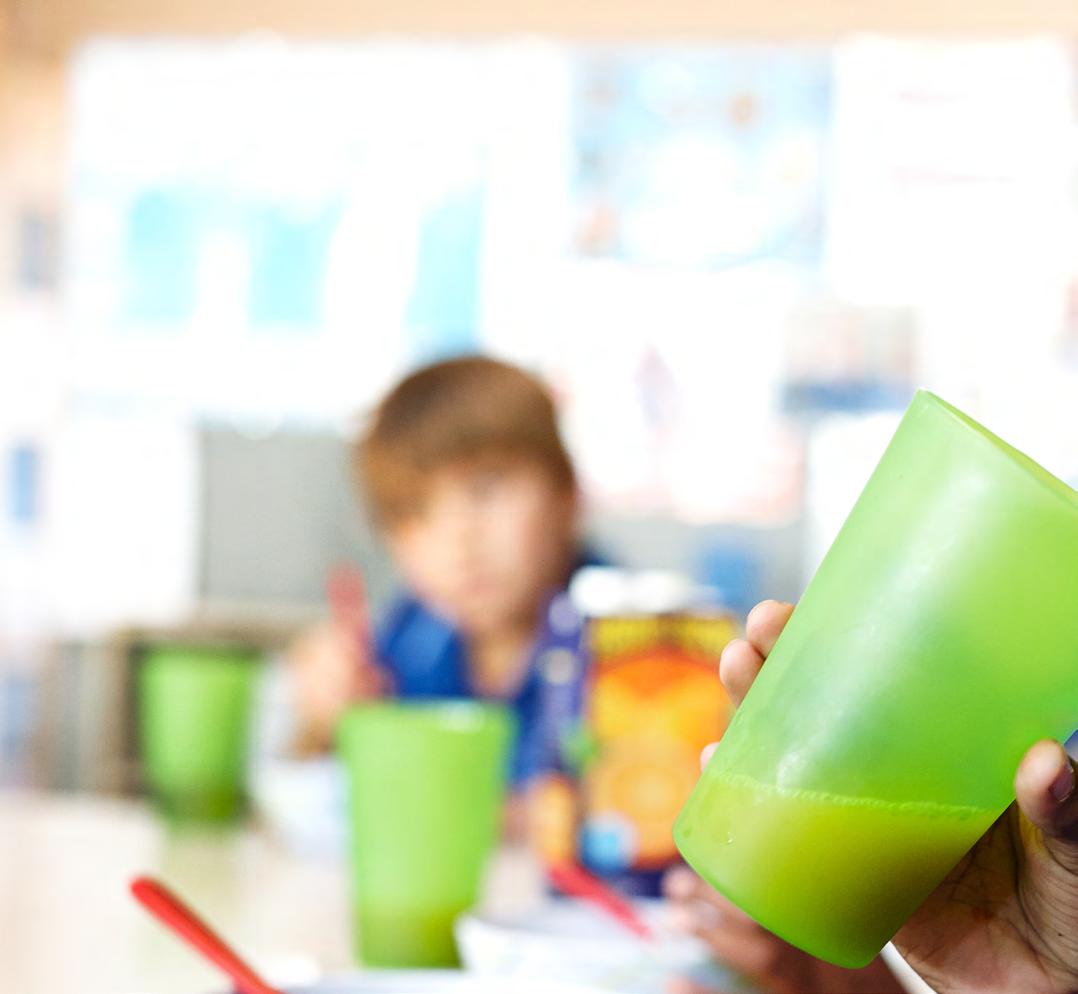
5 minute read
Have your say about food waste
Words by Emily Mantilla
The Fight Food Waste Cooperative Research Centre’s (FFWCRC) Industry Connection Hub has launched a training needs analysis survey to help guide the development of new training programs and innovative education delivery mechanisms for Australian food businesses.
To get the Industry Connection Hub off the ground, the FFWCRC is asking all AIFST members and food australia subscribers to support the initiative by completing the survey themselves and sharing it widely with colleagues, collaborators and partners.
The survey component of the training needs analysis is a critical first step in gathering information on what are the training opportunities and what knowledge gaps need to be filled for Australian food businesses throughout the entire supply chain.
The training needs analysis survey results will ultimately deliver targeted training solutions that will help food businesses save money and help them learn and understand where they could be saving money. It will also assist with the adoption of new, innovative ideas in business that will create new income streams from food waste.
Many food businesses could be making more profit from food waste, and the FFWCRC is currently looking for responses to this important survey from the Australian food industry, from each of the many different sectors and from all areas of the supply chain. As such, the CRC is seeking responses from everyone involved in the food industry supply chain - growers, producers, farmers, those within the fishing and aquaculture industry sectors, harvesters, processors, value-adders, packers, those in quality assurance, sales and marketing roles, logistics, compliance (such as food safety, regulations and OH&S), wholesalers, retailers and food service. The survey is focussed on four key areas: • Opinions about where food waste is generated most in different parts of a food business • What areas of training will have the biggest impact on reducing food waste in your particular business or sector of the food industry • What training already exists in
Australia or overseas that could be adapted or updated to make it more current or Australian focused • How would you like training solutions and innovations delivered within your sector of the Australian food industry
Those who take part in the survey will go into a draw to win a $200 VISA voucher, or a $200 donation to a food rescue charity of your choice. Please take 10 to 15 minutes to complete survey and be part of the fight food waste revolution in Australia: www.surveymonkey.com/r/ FightFoodWaste
Emily Mantilla works for Honey and Fox Pty Ltd (a participant company in the Fight Food Waste Cooperative Research Centre) and is the Industry Connection Hub Manager. f
It’s never a cakewalk – how a meringue unravelled a food safety mystery

Words by the NSW Food Authority
The life of a foodborne illness investigator is never dull, and for the small group who make up the NSW Food Authority’s Food Incident Response and Complaints team, each year certainly brings its fair share of varied and complex cases.
It was back in mid-2018 when reports of illness caused by salmonella Enteritidis first started to trickle in. By July 2018, with around 12 reported cases of people infected in NSW, authorities were able to determine there was a ‘cluster’ and commenced investigating the source. salmonella Enteritidis (SE) is a bacterial disease of poultry and is high risk for causing foodborne illness in humans, particularly in those most vulnerable. SE is unique because it can be located both inside and outside of eggs and, as such, can be present in an egg even if the eggshell is clean and uncracked. While SE is present in most international egg industries, until this incident, SE had not been detected in NSW poultry. In the end it was a humble piece of frozen meringue cake, forgotten at the back of someone’s freezer, that cracked open the case and gave investigators their breakthrough. In interviewing SE infected patients about the food they had been eating, one recalled eating the cake around the time of becoming sick. The residual cake, left over from a birthday party, gave cause for a second celebration when it led investigators through the maze of possibilities and to the source of the outbreak. The cake sample tested positive to SE and, using whole genome sequencing technology, officers were able to isolate the SE and determine it had the same whole genome sequence they could see in the group of people who had been ill. The leap from freezer to farm is far from simple, and the complex investigation by NSW Health and NSW Food Authority officers to trace back the source was an exercise in finding the proverbial needle in a haystack.
Assessing the cake sample led officers to the cake manufacturer, and they were then able to investigate their practice, their environment, their food handling, their ingredients and their food supply chain.
This analysis then lead investigators to an egg farm on the outskirts of western Sydney. An organism detected there was found to be identical to that causing the illness in humans, in other words, the smoking gun for food safety police.
Increased surveillance and monitoring of poultry farms undertaken in response to that finding revealed the bacteria spread to other properties around the state via people, eggs and equipment moving between them. In the end, 13 NSW poultry egg facilities and one Victorian poultry egg facility were found to have SE.
Steps taken to minimise the spread of the bacteria and consumer exposure to SE included movement restrictions, decontamination, destocking of affected farms, consumer and trade level recalls, product withdrawals, consumer advisories and media notifications.
In order to help raise biosecurity standards for the industry over the long term, a biosecurity control order was issued on 1 August 2019, and will remain in place for two years. In the meantime, improvement in on-farm biosecurity standards will assist in minimising the risk to human health from SE.
The NSW Food Authority has developed a SE egg management program for all licenced egg farms and processors in NSW. The program outlines all biosecurity and food safety controls that must be implemented in order to comply with the control order, and help ensure eggs produced in NSW are safe to eat. The SE management program includes requirements in licensees’ existing food safety programs, as well as new hygiene and biosecurity practices that have been implemented in response to SE. This is just one example of work done to reduce Salmonella infections in NSW.
The NSW Food Authority is part of the NSW Department of Primary Industries (DPI) and continues to work closely with other teams in DPI, NSW Health and the egg industry, to protect public health and minimise consumer exposure to SE. f


